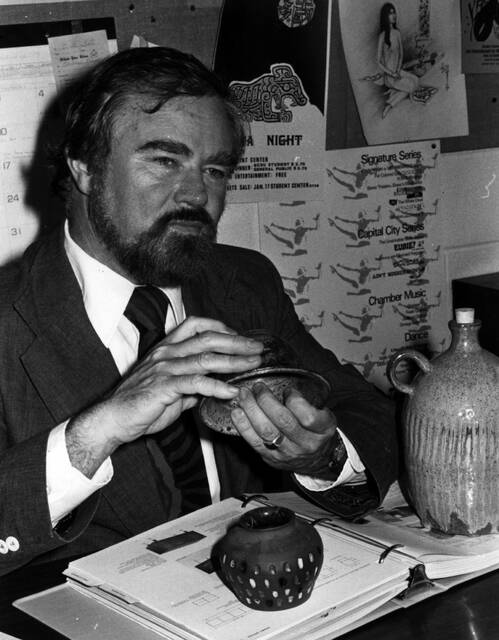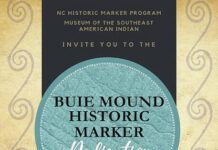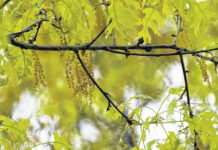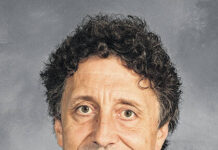
Benjamin Forrest Williams, a Lumberton native, was North Carolina Museum of Art’s first chief curator.
Courtesy Photo | North Carolina State University Libraries
Capitalizing on the recent discovery that the North Carolina Museum of Art’s first chief curator, Benjamin Forrest Williams, was a Lumberton native, the Robeson County Art Guild invited his biographer Jillian Z. Goldberg to luncheon which took place recently at its Lumberton headquarters.
The connection between Benjamin Forrest Williams and his Lumberton roots was initially unearthed during an “Art Through The Ages” exhibit at The Robeson County History Museum, prompting Art Guild chairs, Nila Chamberlain’s and Jim Tripp’s bid so Goldberg could shed further light on the city’s unique connection between Williams and the North Carolina Museum of Art, widely acknowledged as one of the country’s most prestigious institutions.
“The Robeson County Art Guild’s interest in the ‘Hometown Hero’ status of Benjamin Forrest Williams underscores the organization’s dedication to furthering Robeson County as one of North Carolina’s thriving yet relatively unsung art hubs,” according to a prepared statement from the Guild.
Among the projects underway is a book due out in June 2023 will chronicle tales of the people, places and stories woven into the fabric of Robeson County neighborhoods and communities
Focus on Williams has intensified with the approach of Oct. 22, the North Carolina Museum of Art’s 75th anniversary. Goldberg’s presentation emphasized the role that then 31-year-old Williams played in its development, starting in 1949 when he was called back from studies in Paris with Henri Matesse to join the just-established organization.
“In 1952, his discerning eye was entrusted with $1 million appropriated by the North Carolina Legislature to acquire the priceless pieces that make up the nucleus of the NCMA’s collection to this day,” Goldberg stated. “The funds were augmented with a generous $1 million gift of Renaissance art from early benefactor, The Samual H. Kress Foundation.”
Williams was officially appointed as the Museum’s first chief curator in 1956, serving in that position until his retirement 1979.








